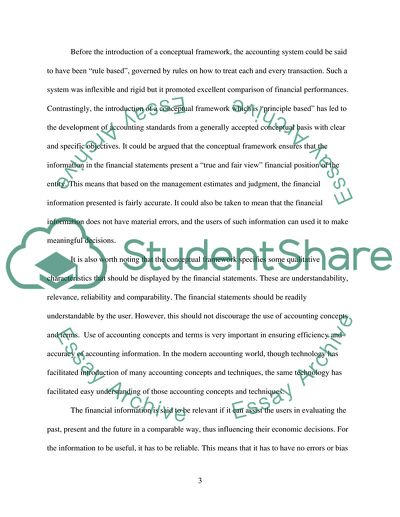Cite this document
(The Regulatory and Conceptual Framework of International Accounting Assignment, n.d.)
The Regulatory and Conceptual Framework of International Accounting Assignment. Retrieved from https://studentshare.org/finance-accounting/1609793-international-financial-reporting
The Regulatory and Conceptual Framework of International Accounting Assignment. Retrieved from https://studentshare.org/finance-accounting/1609793-international-financial-reporting
(The Regulatory and Conceptual Framework of International Accounting Assignment)
The Regulatory and Conceptual Framework of International Accounting Assignment. https://studentshare.org/finance-accounting/1609793-international-financial-reporting.
The Regulatory and Conceptual Framework of International Accounting Assignment. https://studentshare.org/finance-accounting/1609793-international-financial-reporting.
“The Regulatory and Conceptual Framework of International Accounting Assignment”, n.d. https://studentshare.org/finance-accounting/1609793-international-financial-reporting.


